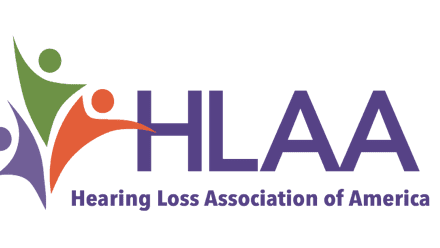The European Association of Hearing Professionals (AEA) has produced guidelines for professional hearing care in Europe for COVID-19, according to an announcement on the hear-it.org website. The guidelines are intended to help hearing aid professionals continue to deliver vital hearing health care and, at the same time, avoid spreading the COVID-19 virus.
AEA has developed a 5-step action plan for hearing aid professionals in Europe.
Communication is essential
Hearing and communication are essential during this time. Individuals will need to access news reports from television and the Internet. In a time when people are practicing social distancing, they need to be able to communicate via phone and other virtual platforms with loved ones. Therefore, hearing professionals need to be able to provide essential care for urgent matters.
Hearing care clients—many of which are in the 65+ age group—are at higher risk for severe illness with COVID-19, so hearing professionals need to help reduce the spread of the virus.
Hearing professionals should also make sure to be compliant with local health care guidelines for COVID-19, according to hear-it.
Essential activity
Mark Laureyns, the AEA President said: “In nearly all EU countries, the care provided by hearing aid professionals is seen as an essential activity, even during a lockdown and state of emergency for COVID-19. It is essential that we can provide quality care for our customers who are in need, specifically if they also work in high-priority functions or need to rely on their hearing to stay informed and to be connected by phone or other media to their loved ones. It is heartwarming to see how all our AEA member associations gave us a lot of very good support and input and that we all join forces to develop guidelines to provide appropriate care for hard of hearing people in these days of COVID-19 challenges.”
The guidelines can be found on the homepage of The European Association of Hearing Professionals. www.aea-audio.org. A direct link to the guidelines is here.
Source: Hear-it.org, AEA





